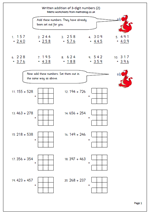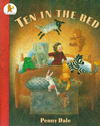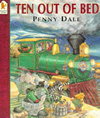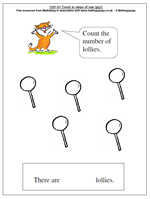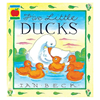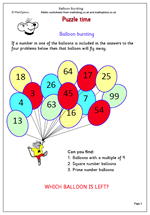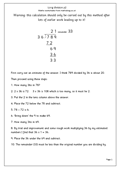 A very happy new year to everyone. The new year will begin with a real mathematical twist as 2011 is a Prime Number. (Remember a prime number has just two multiples, itself and 1). Whilst there are an infinite number of prime numbers they are not easy to find. The last prime year was 2003 and the next will be 2017.
A very happy new year to everyone. The new year will begin with a real mathematical twist as 2011 is a Prime Number. (Remember a prime number has just two multiples, itself and 1). Whilst there are an infinite number of prime numbers they are not easy to find. The last prime year was 2003 and the next will be 2017.
There is quite a lot of time in 2011, although the older you are the quicker it seems to pass by! The total time from 01-01-2011 to 01-012012 is 8,760 hours.
This is equivalent to 525,600 minutes.
You can also convert 365 days to 31,536,000 seconds.
We can also look forward to some spectacular dates this year such as 11th November 2011 which will be 11.11.11, but more of that as we go through the year. We can start with the first second of the first minute of the first hour of the first day of the first month of the new year, which will be:
1.1.1.1.1.11 (127 is 1111111 in binary)
As for the Chinese Calendar, 2011 will be the Year of the Rabbit: According to the Chinese this will be a placid year, very much welcomed and needed after the ferocious year of the Tiger.
